Horseshoe from the wedding of Prince William and Catherine Middleton
- Pickup from gallery : Set a route
- Courier delivery
- Delivery by a transport company in the shortest possible time
- VIP air delivery
- Delivery rates
Material: metal.
Nothing was found for your request. Try to change the wording or go to the Catalog
Also you may call +7 (495) 927 60 67 and we will help you choose the best gift.
Catalog
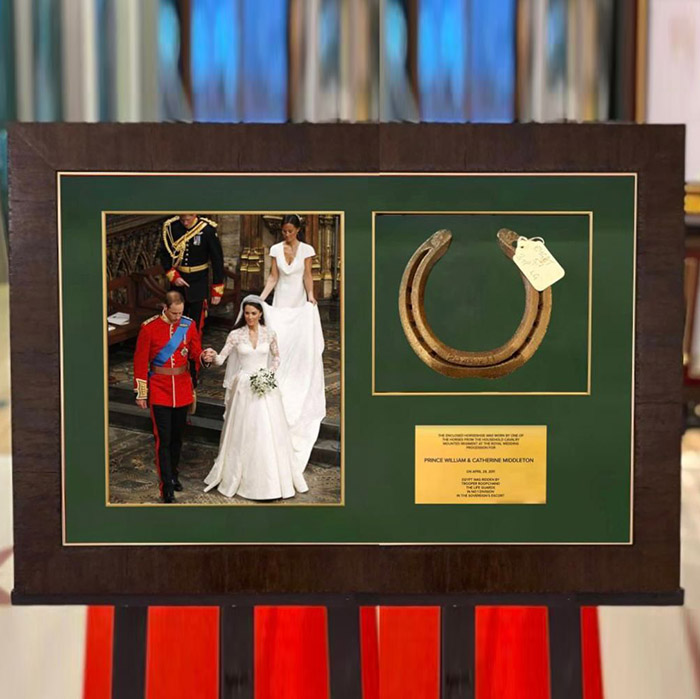
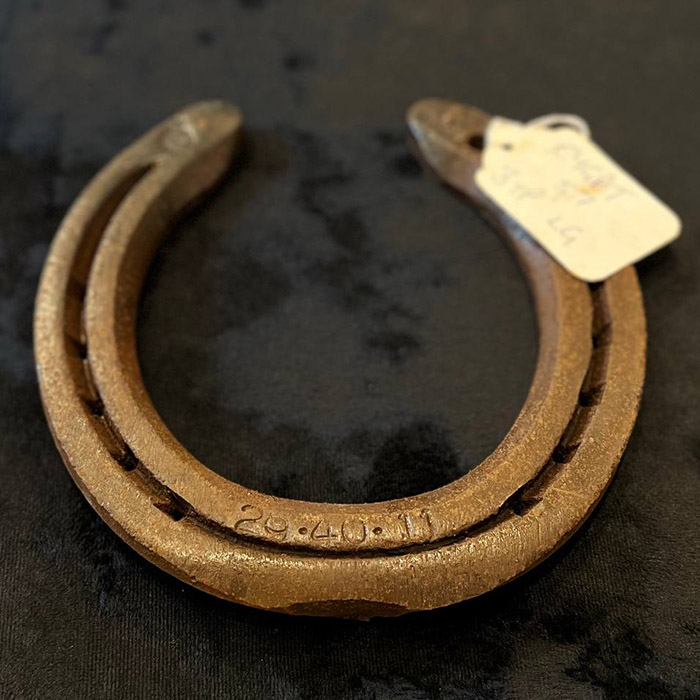
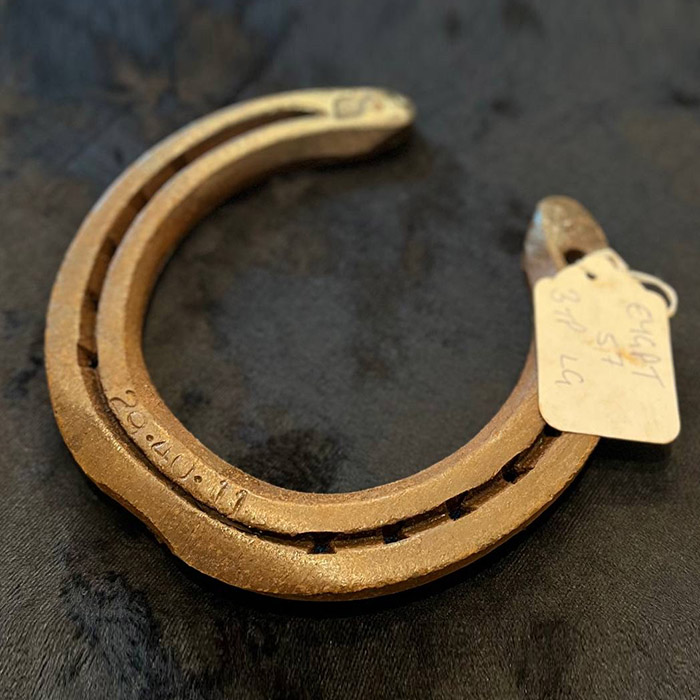
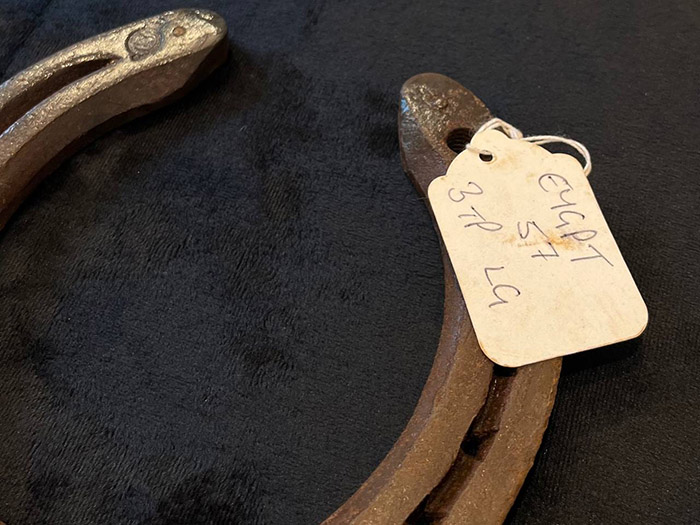
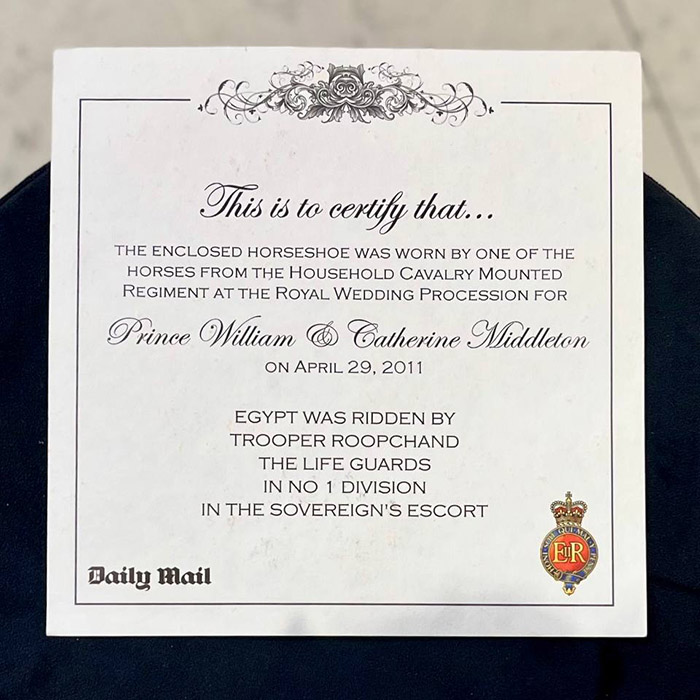
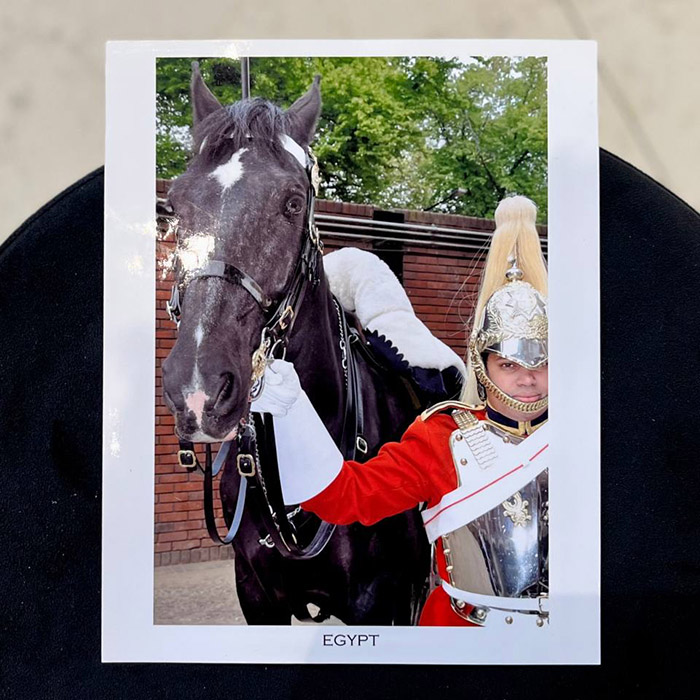
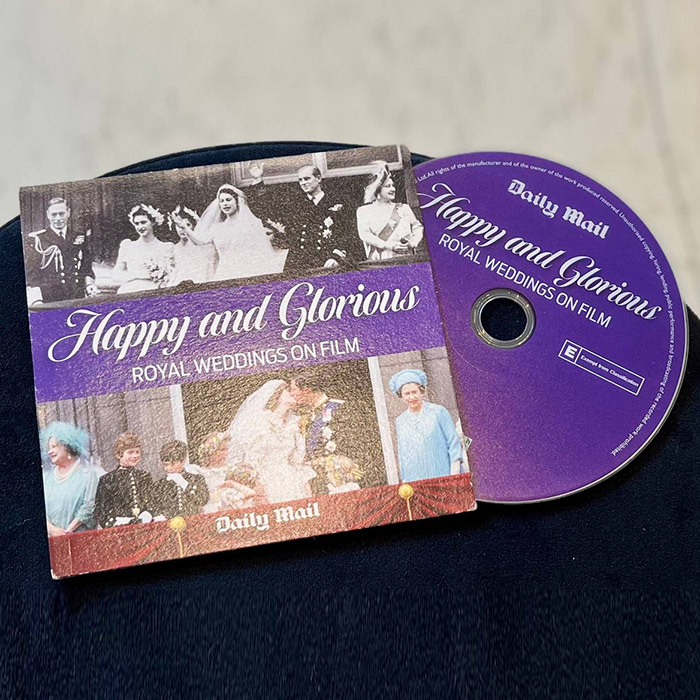
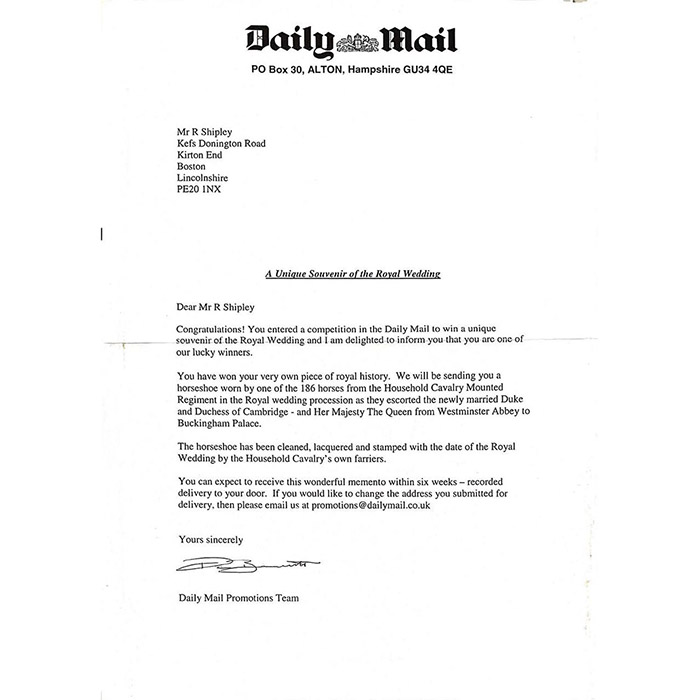
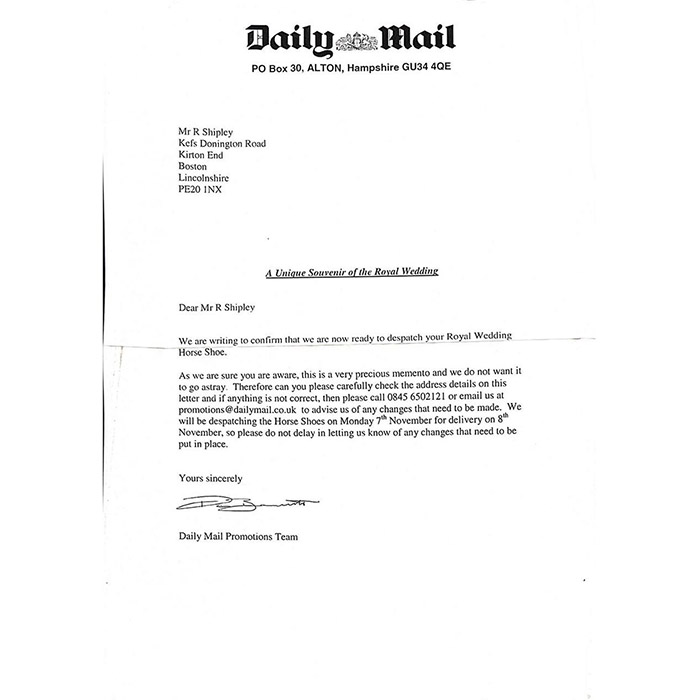









Material: metal.

A passport is attached to products that cost more than 10,000 ₽:
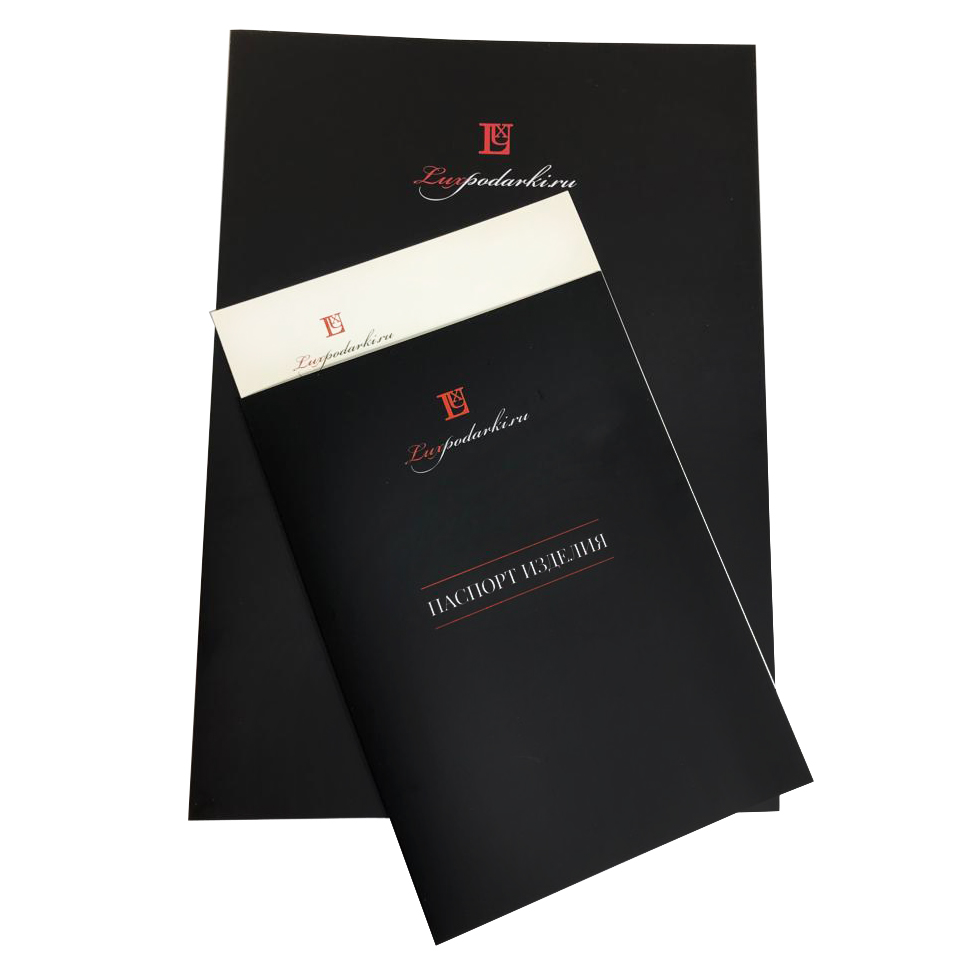
Вход и регистрация происходит по номеру телефона.



















"We don't collect things, we collect stories"
Stargift is a union of two Moscow collectors who have turned their long—term hobby into a unique project, and the collection itself, consisting of more than 2,000 exhibits, into a brilliant collection of personal belongings and autographs of celebrities, rare books and objects of classical and modern art. Collectible exhibits are regularly exhibited in prestigious galleries and fashion exhibitions in Moscow and St. Petersburg.
Stargift actively cooperates with major companies, private banks, concierge services, and leading charitable foundations. Our clients are Forbes businessmen, politicians and show business stars.
The authenticity of all exhibits is confirmed by Stargift certificates of origin, as well as certificates from leading international certification agencies and expertise from museums and libraries at the national level.
| Pickup from the gallery | free |
| In the next day (5 December) | 300 ₽ |
| On the day of the order (4 December) | 400 ₽ |
| Within 2 hours (4 December) | Check with the manager |
| Evening delivery (4 December) | Check with the manager |
| up to 6 km from MKAD (4 December) | 600 ₽ |
| from 6 to 10 from MKAD (4 December) | 900 ₽ |
| Over 10 km from MKAD (4 December) | Check with the manager |
| VIP, by courier (today)(4 December, today) | from 3 000 ₽ (check with the manager) |
| The transport company | according to the tariff of the TC |
Courier delivery is carried out when ordering for a total amount of 5000 ₽


Вход и регистрация происходит по номеру телефона.

The manager will contact you at to confirm the order within 15 minutes during business hours.
| Payment: | By card |
| The amount: | 0,00 |
| Shipping method: | VIP air delivery |
| Delivery address: | New Vasyuki, str. Chairs, 12 |
| Delivery date: | 24.12.2021 y. |
| Delivery Time: | from 17:00 to 21:00 |
| Recipient: | John |
| Telephone: | John |
| Mail: | John |
| Comment: | John |
Чтобы заказать изделие, заполните форму и отправьте нам. В течение 10 минут в рабочее время специалист свяжется с вами для подтверждения запроса!
| Изделие: | Статуэтка железнодорожнику «Стрелочник» |
| Количество: | От 1шт. |
| Упаковка: | Стандартная (бесплатно) |
| Услуги: | 2 |
Чтобы узнать стоимость изделия, заполните форму и отправьте нам. В течение 10 минут в рабочее время специалист скажет стоимость.
| Выбранное изделие: | Артикул: XXX-XX |

You can always contact us
+7 (495) 927 60 67How is it more convenient for you to contact us?